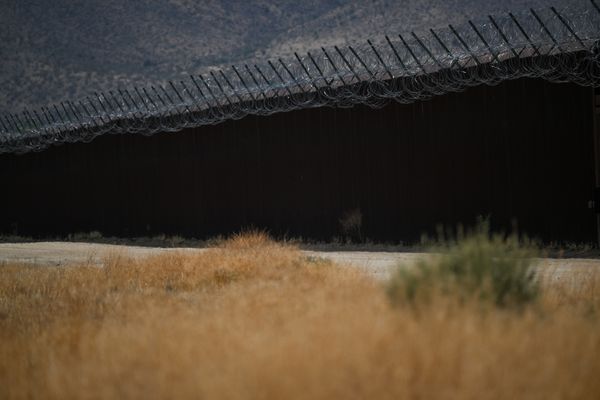
A festival of events introducing Japanese culture to the culturally diverse United States is being held in Washington and other cities this year. Shinto, animals and "The Tale of Genji" are all key to the series of events, being held under the banner of "Japan 2019."
By emphasizing continuity from the ancient to the modern ages, the exhibition enhances Japan's harmonizing spirituality and encourages audiences that may be attracted to exotic curiosities to develop a deeper understanding of Japanese culture.
Japan 2019 is a government cultural project that follows "Japonismes 2018," held in France until February. The Japan Foundation is playing a central role in organizing 24 official and collaborative projects including art exhibitions, music and drama performances for the program, which ends in December.
"The Life of Animals in Japanese Art" is one such exhibition that opened on June 2 at the National Gallery of Art in Washington, running through Aug. 18 and later traveling to Los Angeles. It displays more than 300 works to examine the characteristics of Japanese art, using familiar animals as a gateway.
The works include a pornographic depiction of an octopus by Katsukawa Shunsho, a crane by Maruyama Okyo, a photograph of crows by Masahisa Fukase and pleated cloths resembling the silhouette of animals by Issey Miyake. They are like an encyclopedia featuring both elegance and vulgarity.
Robert Singer, curator and exhibition planner, said that it is a characteristic of Japanese art that animals are painted extremely often, whereas they are not a major theme in Western art.
"Shaka Passing into Nirvana" (1727), owned by the Seiraiji temple in Nagoya, is an example that shows how much the Japanese people have become familiar with animals, Singer said.
Nirvana, which represents Buddha's death, has been a subject since ancient India, but this Buddhist painting depicts horses, cattle and even fish gathering beside Shaka under paired sal trees.
In another display, the clay figure of a dog from the Kofun period (ca 300-ca 710) is placed near a dog with polka dots by contemporary artist Yayoi Kusama. The glass statue of a deer by contemporary artist Kohei Nawa and the statue of a deer from the 14th century symbolizing the Kasuga deity are also exhibited close to each other. This draws attention by showing in succession the variety of depictions of animals in ancient and modern times.
"In the West, the challenge was to overcome nature. In Japan, people attempted to coexist with nature, leading to rich animal representation in art," said Masatomo Kawai, director at the Chiba City Museum of Art.
The Washington gallery regularly holds exhibitions of Japanese art. In an exhibition featuring works by Ito Jakuchu in 2012, it displayed the restored "Colorful Realm of Living Beings" for the first time outside Japan, attracting about 6,700 visitors per day, its highest turnout in 40 years.
According to Kaywin Feldman, director of the gallery, Japanese art is very popular. She said that she hopes the Japan 2019 exhibition serves as an opportunity for people to deepen their understanding of Japanese culture.
Read more from The Japan News at https://japannews.yomiuri.co.jp/







